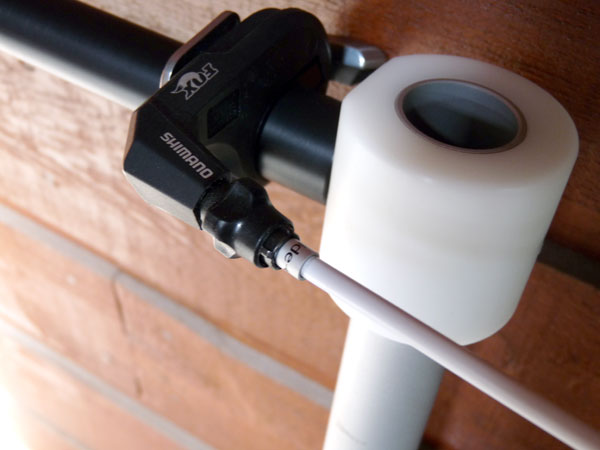Cable lockouts are small (usually plastic) devices that can be used to put in place and secure a switch when it is difficult or awkward to do so. They are used to lock the position of ON/OFF switches such as:
- Valves
- Handles
- Gates; or even
- Multiple Switches (such as circuit breakers)
In everyday life, you might think that the types of switch mentioned above would not require a locking device, and would stay shut safely by themselves. However, where the switch may be inadvertently opened back up by another person during the course of the work being carried out (especially in a large works installation), cable lockouts can prove an invaluable tool to have present. In addition, some types of handle and valve may simply be difficult to physically close properly, or even prone to open back up by themselves after some time (if they will not close completely, for example).
Most importantly of all, though: cable lockouts have a vital safety element to their use – ensuring that the switch in question can absolutely not turn or be turned back to the ON position. In this way, this (very simple) mechanism can be used to quickly and effectively isolate the energy source. It goes without saying that this can be of vital importance when working on or close to electrical systems, in order to prevent serious injury or even death.

So how Do Cable Lockouts Work?
Cable lockouts work by holding the switch in an OFF position, and attaching a lock to ensure that the switch cannot be turned back on. The lockout device itself is held in place by attaching it to the switch or handle, and a length of cable is then threaded through the device and looped back on itself to secure.
After pulling the cable tight, many models simply use a padlock to ensure the position is unable to be reversed by anyone other than the key holder. In this way, the cable cannot be loosened for the duration of the job; and it is clear that the switch has been turned off for a reason. Thus, we ensure the switch stays in a safe position until the worker with the key is ready to turn the power back on.
Types of Cable Lockout Available
There are a wide range of lockout kits available, as well as individual parts as required. Most kits will include the basic parts needed (described in more detail below), but many include items such as screwdrivers and a marker pen as part of their starter kit. So check before you buy – you may be able to get what you need for cheaper than you think without all the extras for a complete kit.
There are also now several innovations available on many products, such as retractable cable lockout systems. These operate a winding mechanism with a push button, bringing the cable in tightly without the need to loop and tighten the cable manually. This can be very useful and time saving where there are a lot of switches or valves to be closed, e.g on a large circuit breaker board.
However, most lockout kits will come with the following basic parts – so here’s what to look out for:
- A Safety Hasp: to attach to the handle to be closed, and thread the cable through. (Or, for circuit breakers specifically, an attachment clamp provides the same function). Normally plastic, the hasp can also come in stainless steel for work in difficult conditions, such as offshore installations.
- A length of cable to secure the hasp to the handle, and ensure it cannot be moved. For added security and safety (to avoid corrosion or electrocution), the cables used on lockouts are usually multi-stranded steel cable coated with PVC, but also come in non-conductive nylon cable, especially in newer electrical lockout kits.
- A safety Padlock and Key: To lock the items in place and ensure it cannot be moved until it is safe to do so.
- Lockout Tags: Indicating that the lockout has been put in place for a good reason, and should not be tampered with or cut off. May include a written description.
- Lockout Ties: To attach the tags to the lockout.











Comments